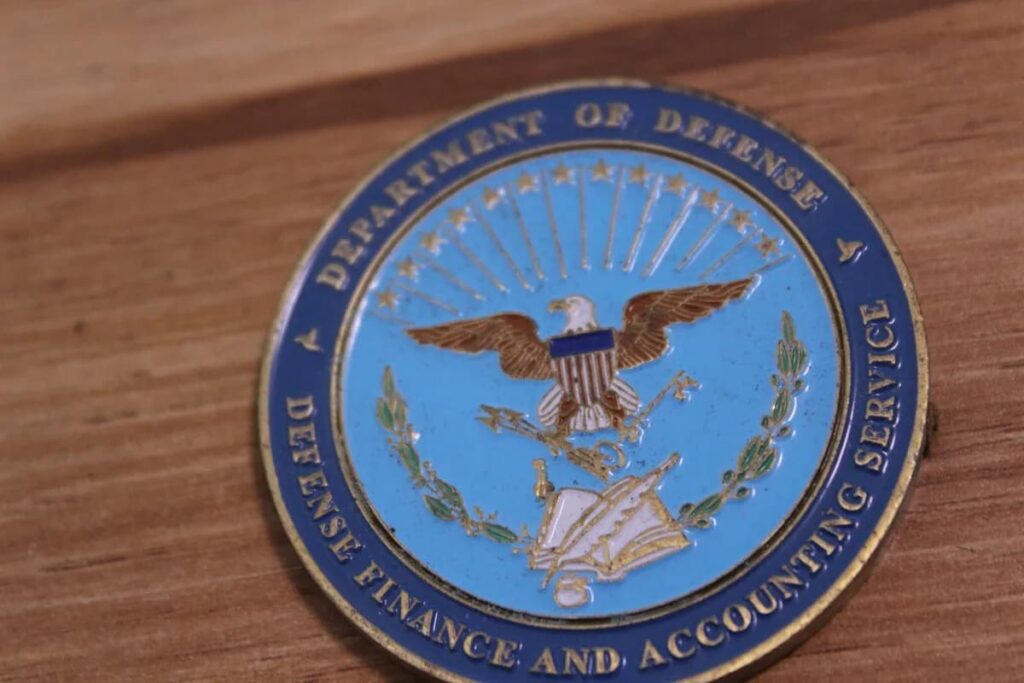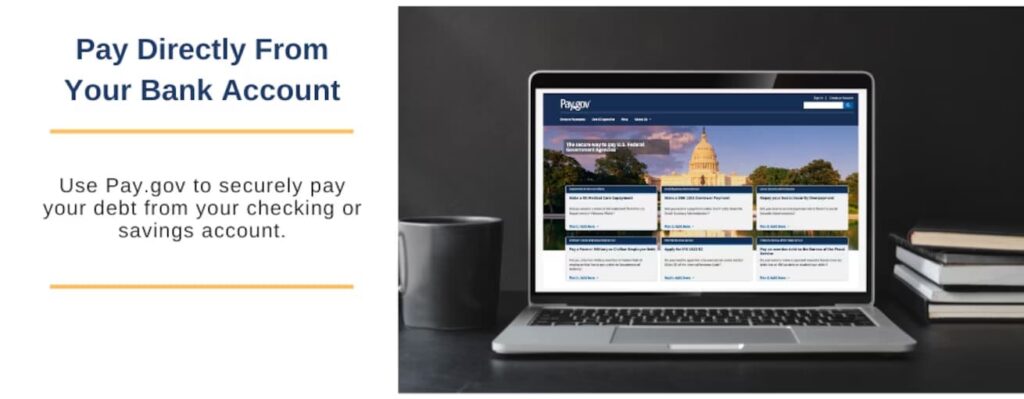DFAS Department of Debt and Claims is responsible for accurately paying America’s military and retired personnel. DFAS debts can arise from several sources, including unauthorized use of DoD facilities or services; unpaid student loans; and outstanding balances from prior to separation or retirement that weren’t repaid. DFAS Department of Debt and Claims tries to notify service members of their debt before taking any collection action. The details of the debt are presented in a debt notification letter, and DFAS also offers an online tool to review your debt payment status.
But catching errors isn’t easy: The GAO has found that DFAS field sites don’t always get monthly reports from commanders that report debt deductions. DFAS relies on those reports to spot problems crucial to the operation’s overall accuracy.
If a veteran does not respond to DFAS or arrange debt repayment, the agency refers the matter to a collection agency. That can result in a negative mark on a credit report, which can make it difficult for veterans to qualify for new credit or get lower interest rates on existing loans.

How Do I Dispute a Debt with DFAS?
When it comes to the Pentagon’s ability to accurately pay America’s soldiers, sailors, airmen, and Marines, the Defense Finance and Accounting Service hasn’t always been up to the task. DFAS inherited an antiquated air force payroll operation when it was created in the 1960s, and it still relies on Cobol code written back then. DFAS has taken steps to automate disbursement and collection procedures. The agency says it has saved time and money by reducing manual accounting processes, including the need for 1.1 billion key strokes to input data into its accounting system.
It also offers several options for military members with debts incurred due to erroneous pay or allowance payments. Those include waivers and remissions, which functionally act like military debt forgiveness, though they have different criteria. DFAS dedicates a section of its website to explaining the process for seeking those relief options.
The first step in disputing a DFAS debt is to complete the request form. To do so, find the online DFAS protest submission tool and choose the correct category for the type of debt you are attempting to dispute. For example, you would select the Military Pay & Allowance Debts category to see what options are available. Once you’ve submitted your protest, DFAS will issue a ticket containing important details about your claim’s status.

What Happens If I Don’t Pay DFAS?
While ignoring a debt notice from DFAS may be tempting, doing so can have serious consequences. Debts sent to the DFAS Department of Debt and Claims are automatically reported to credit bureaus, and negative remarks on your credit report can lower your credit score and make it difficult for you to get new loans or mortgages. It can also make you a less attractive borrower to potential employers and landlords.
If DFAS deems that you are in delinquency, it can send your debt to outside collection agencies and start garnishing your wages. This can include your military pay, Office of Personnel Management annuity payments, Social Security Administration benefits, and non-Department of Defense federal salaries. A DFAS debt letter typically lists all the details of the debt you owe. You can use this information to decide how to respond to your debt notice.
Generally, you can request a cursory review of your debt or file for a waiver to reduce the amount you owe. It is important to note that the three-year time limit for filing a waiver application and the six-month timeframe to qualify for the blanket pause of debt collection pending waiver continue to run while you are seeking a hearing on your claim.
What Collection Agency Does DFAS Use?
DFAS can use the Treasury Offset Program to collect debts, which allows it to involuntarily seize federal government payments such as tax refunds, Social Security payments, OPM annuities, and non-DoD federal salaries. DFAS also can seize the assets of out-of-service military members, civilian DoD employees who were paid on a salary, and other individuals, including veterans, who have a debt with DFAS.
For this reason, those who have a DFAS debt should consider their options carefully, especially if they’re receiving a pension or are a veteran. They might be better off pursuing a waiver or remission, which function similarly to military debt forgiveness and can reduce or eliminate what’s owed.
Debts can occur due to a variety of reasons. One common cause is overpayments, where a payment is made that exceeds what’s owed. Erroneous payments can also result in a debt, where an entire payment that shouldn’t have been was provided.
DFAS typically provides notification of a debt to out-of-service military and retired DoD employees by mail to the last known address. Because of this, it’s important for veterans to keep their contact information updated. If a debt isn’t paid or a dispute isn’t resolved, the DFAS will attempt to collect the debt through a number of processes, including referring the matter to TOP and seizing federal income tax refunds and Social Security benefits.

